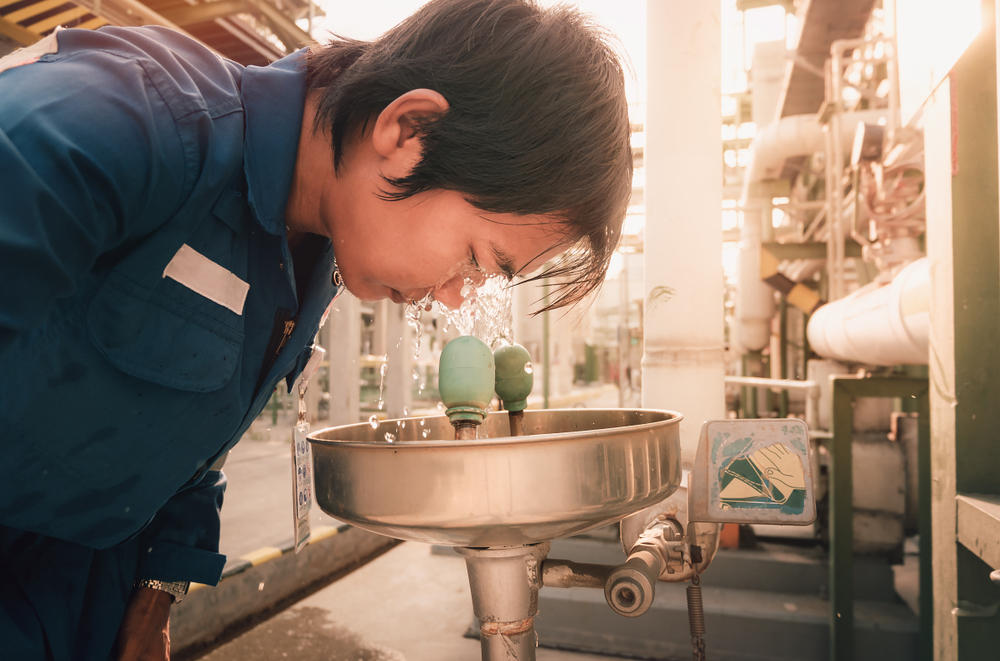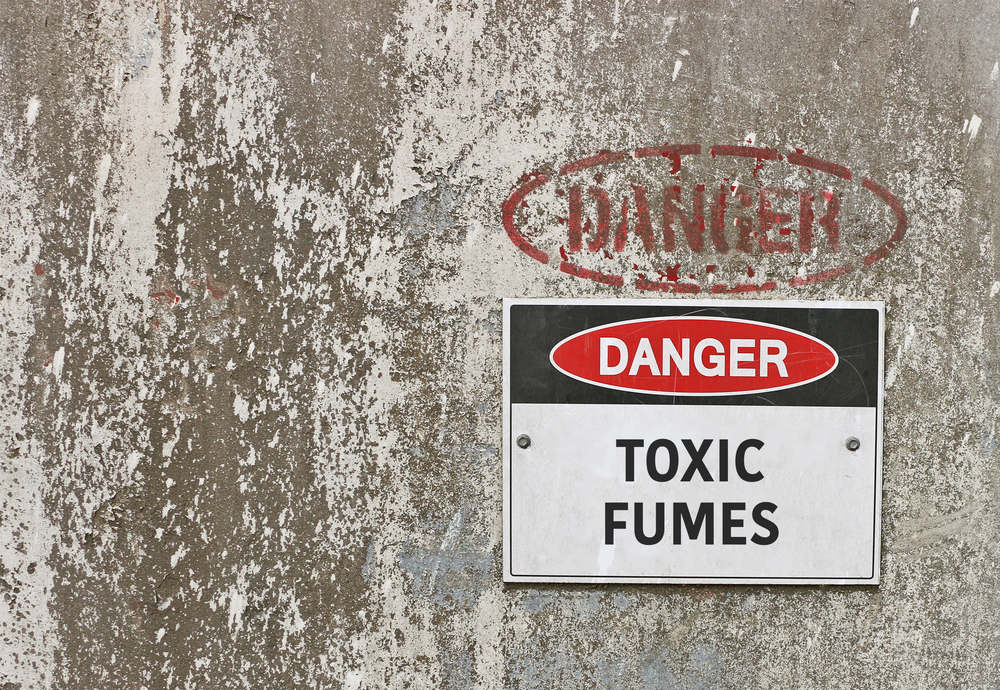In a perfect world, implementing hazard controls would be enough to prevent all workers from getting injured by harmful chemicals. Unfortunately, unplanned chemical events are less a matter of “if” and more a matter of “when.” While none of us want to think about our coworkers, employees, or ourselves getting hurt from chemical exposure, being prepared can significantly help decrease the severity of the harm incurred—or even save a life. Emergency response for chemical exposures will typically include first aid. To help you prepare for these undesired events, we put together a list of first aid tips for chemical exposure accidents so that you can know what to do if an accident occurs.
First Aid Response Planning
In order to make sure you’re ready to help a person exposed to a chemical, it’s important that you plan for a first aid response. It’s highly recommended that you have the following in place:
• First aid supplies
• Trained responders
• Adequate training
• Eye washing station
First Aid Tips for Chemical Exposure Accidents
Sadly, there is no single way to treat a chemical exposure accident. Depending on the chemical an individual was exposed to, you may need to respond differently. First aid should always be appropriate for the given injury. Regarding chemical exposure, this means taking into account the following:
• The chemical involved in the incident
• The exposure pathway
• The severity of the exposure
• The state of the affected individual
• Below we’ll cover several basic first-aid tips for different chemical exposures:
Airborne Chemical Exposure
Inhaling chemicals in the form of gas, mist, or dust can lead to a variety of symptoms, including:
• Nausea
• Dizziness
• Difficulty breathing
• Confusion
• Loss of consciousness
If it’s safe to do so, the first thing you should do is remove the person from the affected area and move them to an area with fresh, uncontaminated air. If the individual is conscious, stay with them and keep them at rest. It’s important to help them remain calm and comfortable, as aggravation can worsen their state. If the person has stopped breathing, immediately initiate mouth-to-mouth resuscitation. Once the affected person feels better or emergency services have arrived, take them to see a physician asap.
Skin Chemical Exposure
When harmful chemicals make contact with the skin, your topmost priority is minimizing the time of exposure. The sooner you start pouring water on the person’s affected area, the more you will limit tissue damage and the chemical’s absorption into the bloodstream. If the affected area is small and easy to access, the washing can be done in any nearby sink. Otherwise, use the nearest energy shower. Wash off the chemicals using lots of water—for at least 15 minutes. If you’re dealing with a chemical that is flammable or quickly absorbed, the washing should last longer—typically 30 – 60 minutes. After washing the skin of the affected worker, take them to see a physician asap.
Contact With the Eyes
When a person’s eyes get in contact with a chemical, your top goal is to get them to the nearest eye-washing station. When using an eye washing station, follow these steps:
1. Remove contact lenses (if any)
2. Turn on the water
3. Move the head so that the eyes are directly under the fluid stream
4. If only one eye is affected, make sure no fluid is transferred to the unaffected eye. Do this by tilting the head so that the water goes from the eye and streams down the ear
5. Hold the eyes open with fingers to ensure the fluid gets under the eyelids
6. Roll the eyes in all four directions (up, down, left, and right) to ensure water reaches all parts of the eye
8. Flush the eyes for at least 15 minutes or longer, depending on the severity of the chemical

Depending on the type of chemical the eye was exposed to, you’ll have to flush the eyes for a different amount of time. The guidelines include the following:
• Moderate to severe irritants: 15 – 20 minutes
• Chemicals with acute toxicity: 15 – 20 minutes
• Corrosive chemicals: 30 minutes
• Strong alkalis: 60 minutes
Being prepared for chemical emergencies should be protocol in every workplace. The speed of the response can make a world of difference to the survivability of a chemical exposure accident. We hope this list of first-aid tips for chemical exposure accidents helps. For more information or to stock up on safety equipment and gear for your employees, give Extreme Safety a call at (310) 856-0166 or click here.


















